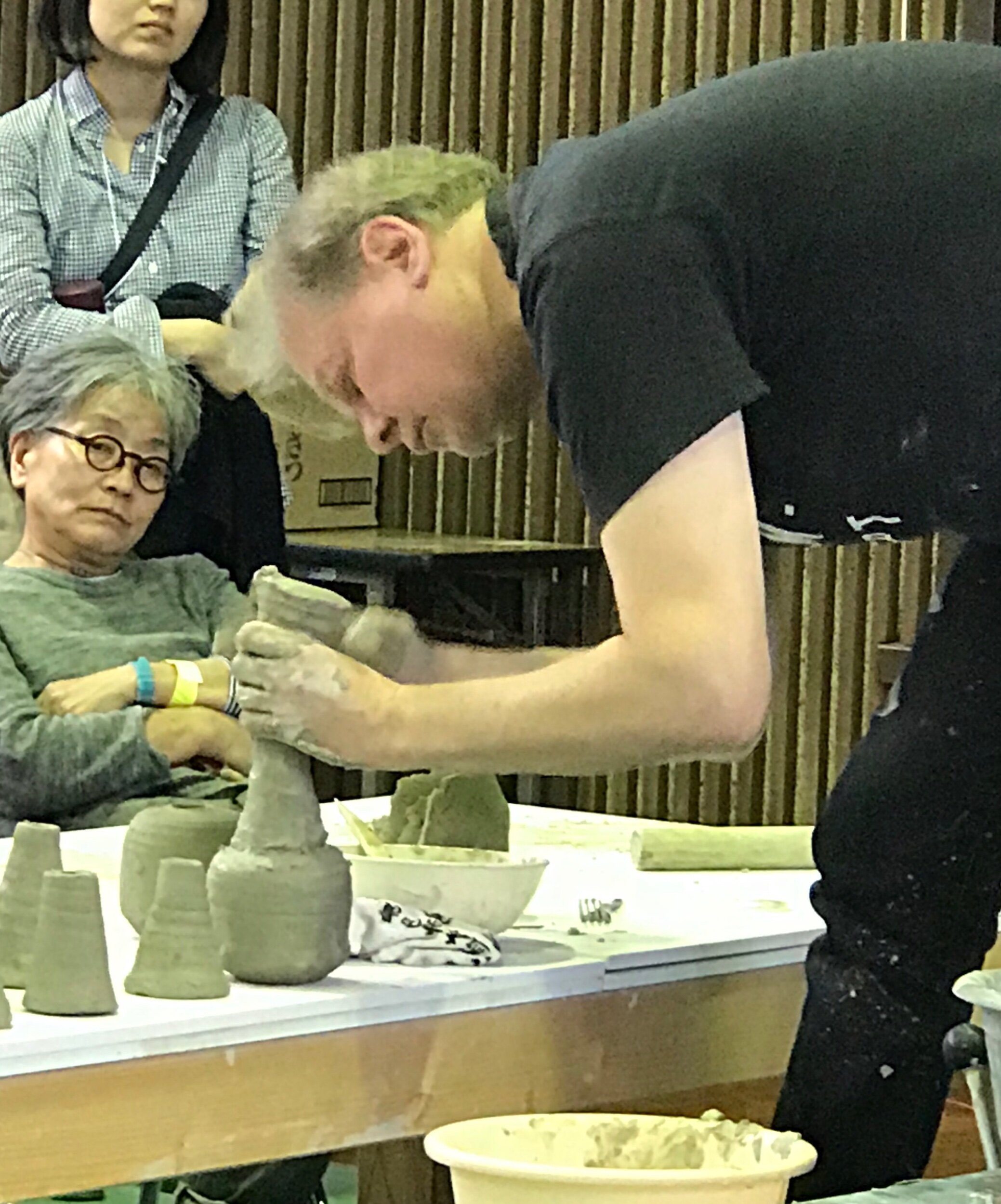The Aichi Prefectural Ceramic Museum is an art museum located in the city of Seto, north of the metropolis of Nagoya in central Japan. This museum was formally named "Aichi-ken Toji Shiryokan", but the name in English has been the same as before. Wikipedia
Located on the outskirts of town on a hilltop the Aichi Prefectural Ceramic Museum is a temple to Ceramics. The scale only becomes apparent upon approaching.
The first building I approached was impressive. I was surprised that the lady at the counter was asking me how much clay I wanted (it took me a while to understand since my Japanese is limited to please and thank you) and when I said ‘Museum’ we finally understood each other.
Now the sign made sense to me. This is a building dedicated to visitors working in clay themselves. In their very accommodating way the lady took me outside and pointed to a foot bridge to get to the main building.
Main building
You might get a sense of scale from this picture if you zoom in and bear in mind there is a tall basement as well. Unfortunately inside I wasn’t allowed to take photos.




















































